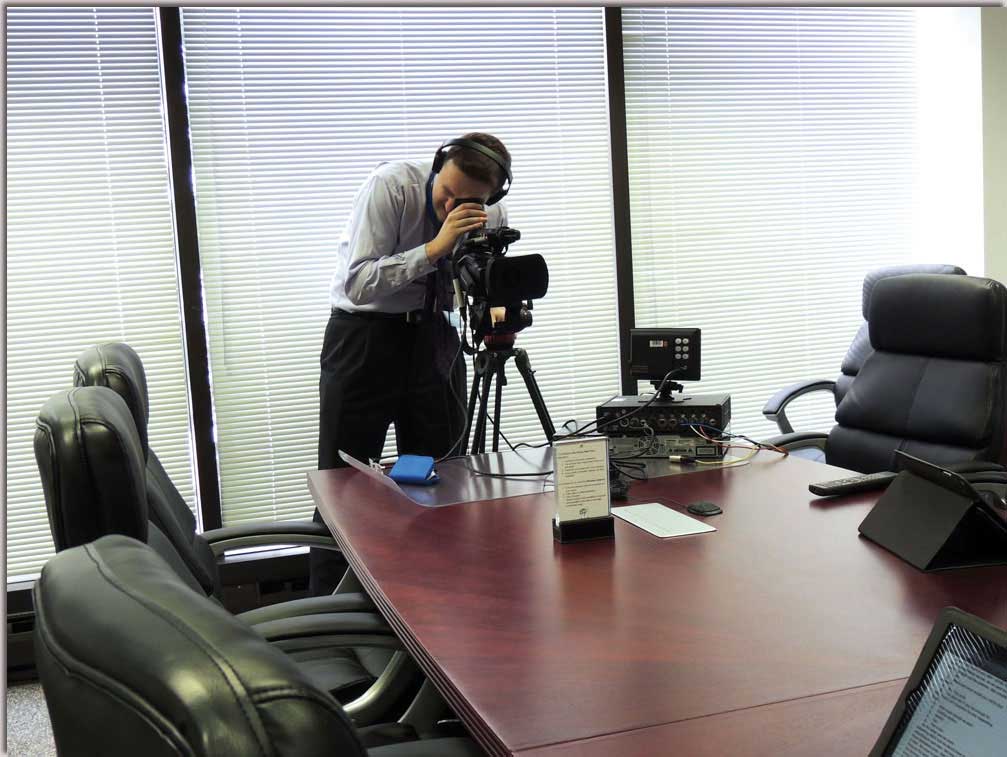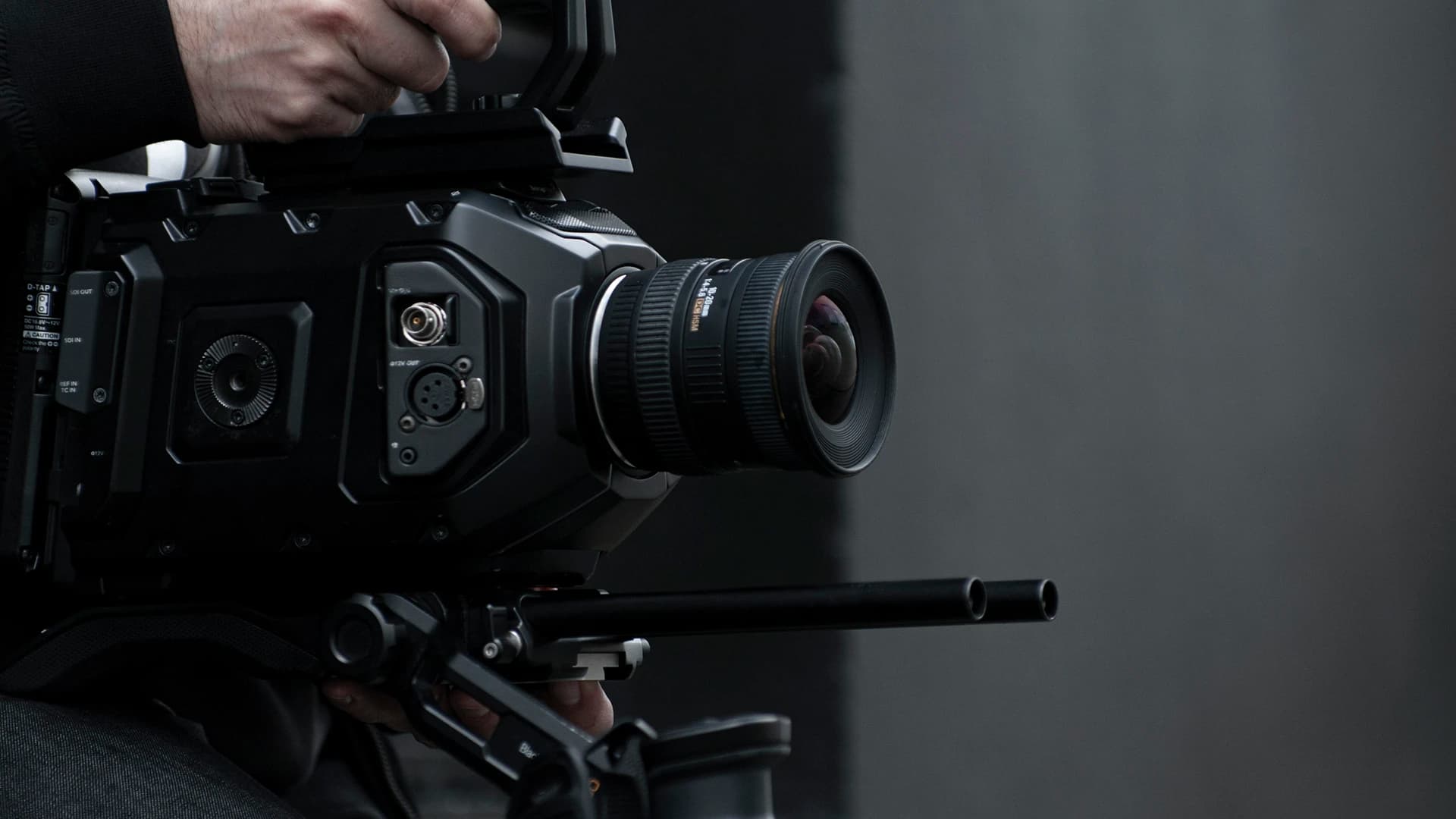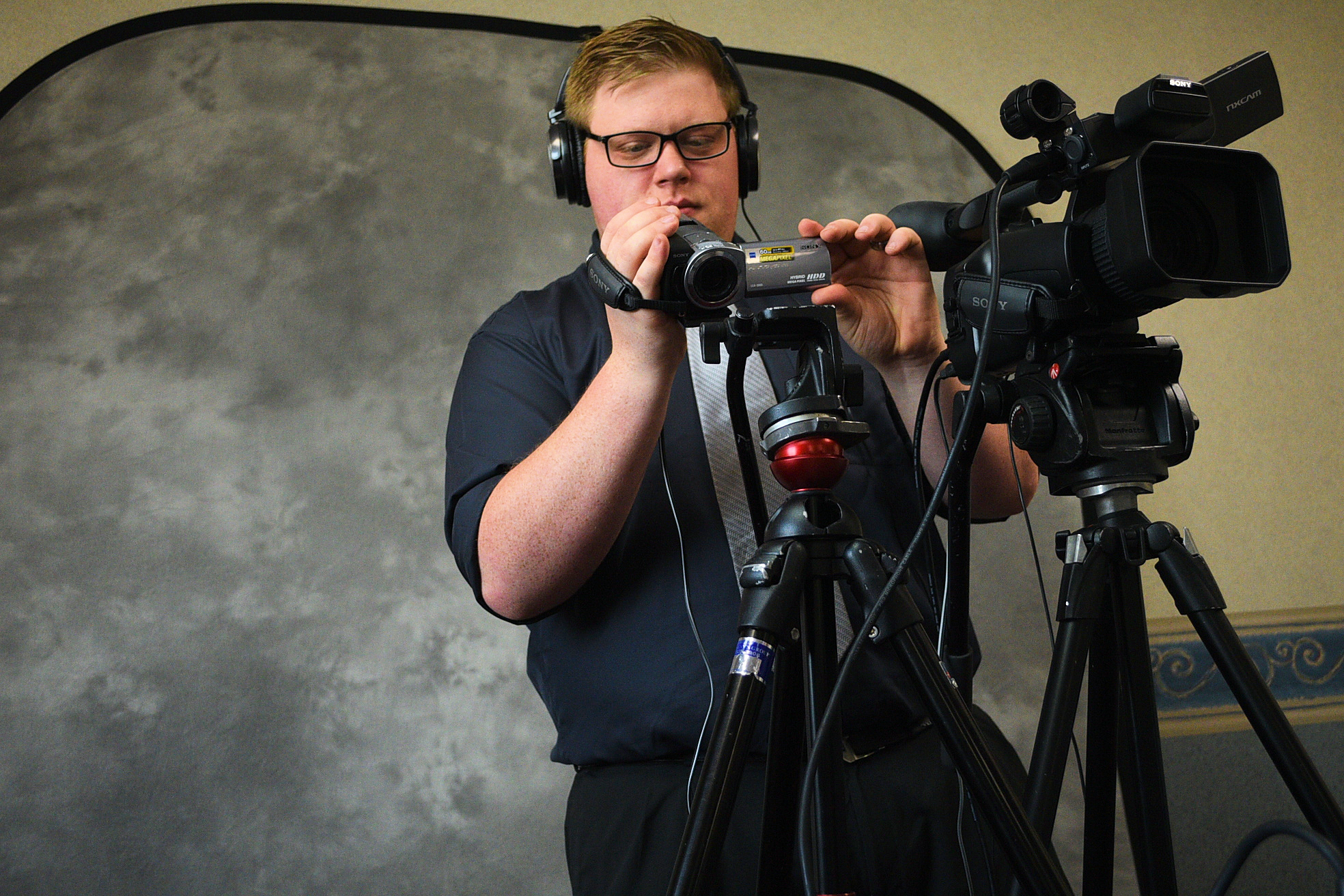The Duty of Legal Videography in Depositions and Trials
Lawful videography has arised as an essential tool in both depositions and trials, supplying a multifaceted approach to documenting witness statements. By capturing not only the talked word but also the nuances of non-verbal communication, this medium enhances the trustworthiness of testaments and maintains vital evidence for future proceedings. As lawyers progressively recognize its value, it prompts a much deeper evaluation of just how these visual documents can affect juror understandings and trial end results. What ramifications might these growths hold for the future of legal practice?
Value of Lawful Videography
Lawful videography plays a crucial role in the documentation and discussion of depositions and tests. This customized field combines technological abilities with legal expertise to develop a reputable record of proceedings that can dramatically influence case end results. The aesthetic aspect of lawful videography improves the understanding of witness testimony, permitting jurors and judges to observe not only the talked words however also the demeanor, emotions, and body language of the witnesses.

The importance of lawful videography expands beyond the court; it likewise plays a crucial function in preserving proof for future reference, whether for allures or more lawful action. Its integration into the legal process is crucial for ensuring a fair and accurate depiction of the realities, inevitably adding to the quest of justice.

Refine of Legal Videography
While catching the nuances of depositions and trials, the procedure of legal videography entails numerous vital steps that ensure premium, accurate recordings. An expert lawful videographer prepares by reviewing the situation products and comprehending the specific demands of the deposition or test. This preparation includes familiarizing themselves with the individuals and the context, which aids in capturing relevant details.
On the day of the recording, the videographer establishes up the required tools, which generally consists of high-definition electronic cameras, microphones, and correct illumination. Making certain optimal angles and audio high quality is critical, as it straight influences the performance of the recording. The videographer interacts with lawyers and individuals to develop procedures, making certain that every person recognizes the recording procedure.
During the deposition or trial, the videographer carefully records the proceedings, paying very close attention to both spoken and non-verbal hints. legal videography. This includes capturing the behavior and reactions of witnesses and attorneys. After the session concludes, the videographer might modify the video footage for clarity and conformity with lawful requirements, creating a final product that properly shows the procedures for future reference and usage in lawful contexts
Benefits in Depositions
The incorporation of videography in depositions supplies countless advantages that enhance the total procedure of gathering proof. One main advantage is the ability to record witness testaments with visual and acoustic fidelity, providing an extra exact depiction of the witness's attitude, tone, and body movement. This multidimensional method allows lawyers and juries to assess reliability extra successfully than conventional written records alone.
Furthermore, videographed depositions work as an effective device for preserving testament. Ought to a witness come to be not available for test, their tape-recorded deposition can be played in court, ensuring that their evidence continues to be available and pertinent. This element significantly minimizes the risk of shedding essential details that could affect instance outcomes.
In addition, the use of lawful videography advertises much better prep work for lawyers. Examining video clip footage allows lawful teams to evaluate and go to website improve their strategies, recognizing toughness and weaknesses in their situations. This primary benefit can bring about more compelling discussions in court.
Lastly, videography improves the overall expertise of the deposition process, instilling self-confidence in customers relating to the thoroughness of their lawful representation. By leveraging innovation, lawyers can significantly improve the efficiency of depositions.
Effect on Tests
In numerous trials, the combination of videography can substantially influence the discussion of evidence and the jury's perception. Legal videography captures witness testimonies and vital proof in a dynamic style, enabling jurors to engage with the material on multiple degrees. This aesthetic part boosts the narration element of a trial, offering context and emotional vibration that traditional text-based evidence might do not have.
Additionally, video recordings can function as powerful devices for impeachment throughout interrogation. When inconsistencies develop between a witness's prior declarations and their court room testimony, video evidence offers an unbiased recommendation that can sway jurors' opinions. This immediacy and quality can boost the credibility of an event's narrative while concurrently weakening opposing arguments.
In addition, making use of videography can aid enhance complicated information, making it extra easily accessible to moved here jurors who might have a hard time to grasp detailed details offered exclusively through spoken statement. By combining visuals with acoustic information, lawful videography can enhance retention and understanding, inevitably influencing the court's decision-making process. The influence of videography in trials prolongs beyond simple aesthetics; it plays a vital role in shaping the lawful landscape and outcomes.
Future Trends in Legal Videography
As we look towards the future of lawful videography, several emerging patterns assure to reshape its function within the court room. One significant pattern is the integration of expert system (AI) in video clip analysis and modifying - legal videography. AI can simplify the procedure of identifying crucial minutes in recorded depositions, enabling attorneys to quickly access appropriate material, therefore enhancing efficiency in situation prep work
In addition, the surge of digital reality (VR) and increased fact (AR) modern technologies is expected to transform how jurors experience evidence. By immersing jurors in a substitute setting, these modern technologies can provide a more profound understanding of complicated circumstances, bring about even more enlightened considerations.

In addition, the raising need for remote depositions, increased by the COVID-19 pandemic, will likely proceed. Lawful videographers will certainly need to adapt to brand-new software program and systems to make sure high-grade recordings in digital setups.
Finally, the growing emphasis on information security will certainly demand stricter procedures for storing and sharing video reference proof. As the lawful landscape develops, legal videographers must stay abreast of these fads to keep their significance and efficiency in the judicial process.

Conclusion
In recap, lawful videography offers an important feature in the judicial procedure, enhancing the stability of depositions and tests. As modern technology continues to progress, lawful videography is poised to further transform its function within the lawful landscape.